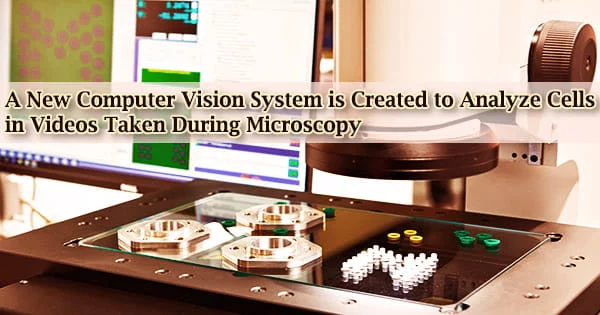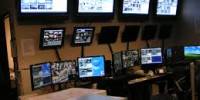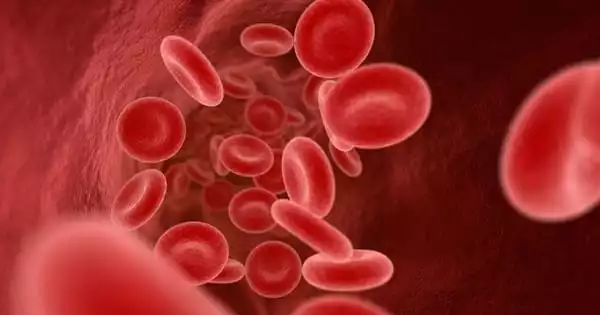Researchers at the Universidad Carlos III de Madrid (UC3M) that enables automatic analysis of biomedical movies acquired by microscopy in order to characterize has created a system based on computer vision techniques and describe the behavior of the cells that appear in the images.
In collaboration with researchers from the National Center for Cardiovascular Research, the UC3M engineering team created novel methods for measuring live tissues (CNIC in its Spanish acronym).
As a result, the team identified that one of the behaviors displayed by neutrophils a type of immune cell during inflammatory processes in the blood, triggered by the Fgr protein, is linked to the onset of cardiovascular disease.
Recent research that was published in the journal Nature may enable the creation of novel therapies to lessen the effects of heart attacks. The study involved researchers from a number of institutions, including Harvard University (USA), the Singapore Agency for Science, Technology, and Research (ASTAR), the University of Castilla-La Mancha, and the Vithas Foundation.
“Our contribution consists of the design and development of a fully automatic system, based on computer vision techniques, which allows us to characterize the cells under study by analysing videos captured by biologists using the intravital microscopy technique,” says one of the authors of this work, Professor Fernando Díaz de María, head of the UC3M Multimedia Processing Group.
In contrast to conventional biological investigations, which are often supported by assessments of a small number of manually characterized cells, a few thousand cells have been measured automatically in terms of their size, shape, movement, and location in relation to the blood vessel.
This has made it possible to perform a biological analysis that is more sophisticated and statistically significant. According to the experts, this new approach provides a number of benefits in terms of timing and accuracy.
Our contribution consists of the design and development of a fully automatic system, based on computer vision techniques, which allows us to characterize the cells under study by analysing videos captured by biologists using the intravital microscopy technique.
Professor Fernando Díaz de María
Generally speaking, “it is not feasible to keep an expert biologist segmenting and tracking cells on video for months. On the other hand, to provide an approximate idea (because it depends on the number of cells and 3D volume depth), our system only takes 15 minutes to analyze a 5-minute video,” says another of the researchers, Ivan González Díaz, Associate Professor in the Signal Theory and Communications Department at UC3M.
In order to deploy the system in a new context, it is important to produce enough examples to permit their training. These engineers use deep neural networks, which are essentially learning algorithms, for cell segmentation and identification. These networks are a component of machine learning methods, which are themselves a subfield of artificial intelligence (AI).
The system also uses additional statistical methods and geometric models, all of which are discussed in a different research that was just published in the journal Medical Image Analysis. The system’s implementation software is flexible and can be quickly customized to solve different issues.
“In fact, we are already applying it in other different scenarios, studying the immunological behavior of T cells and dendritic cells in cancerous tissues. And the provisional results are promising,” says another of the researchers from the UC3M team, Miguel Molina Moreno.
In any case, academics emphasize the value of an interdisciplinary team’s work when doing research in this area.
“In this context, it is important to recognize the prior communication effort between biologists, mathematicians, and engineers, required to understand the basic concepts of other disciplines, before real progress can be made,” concludes Fernando Díaz de María.
















